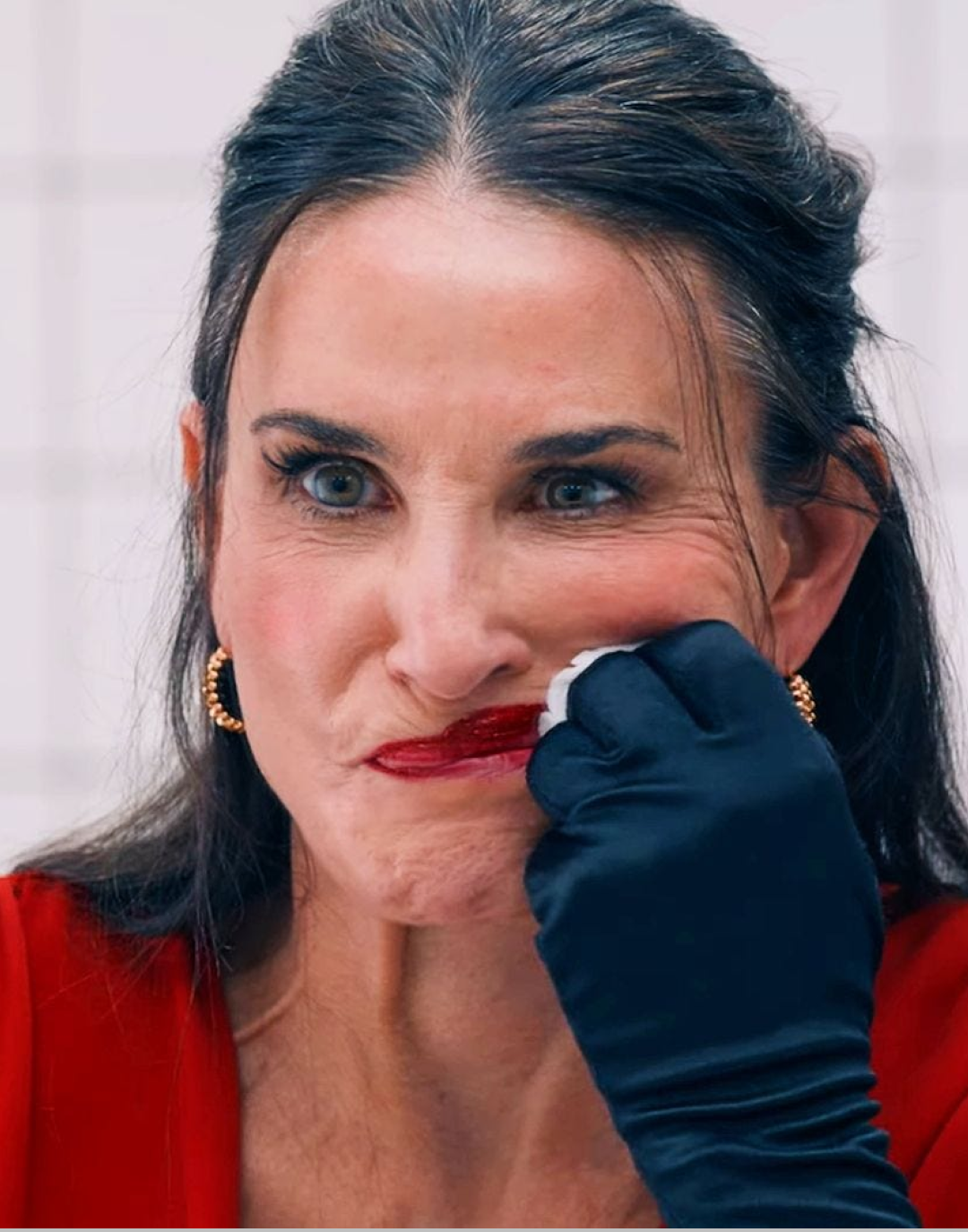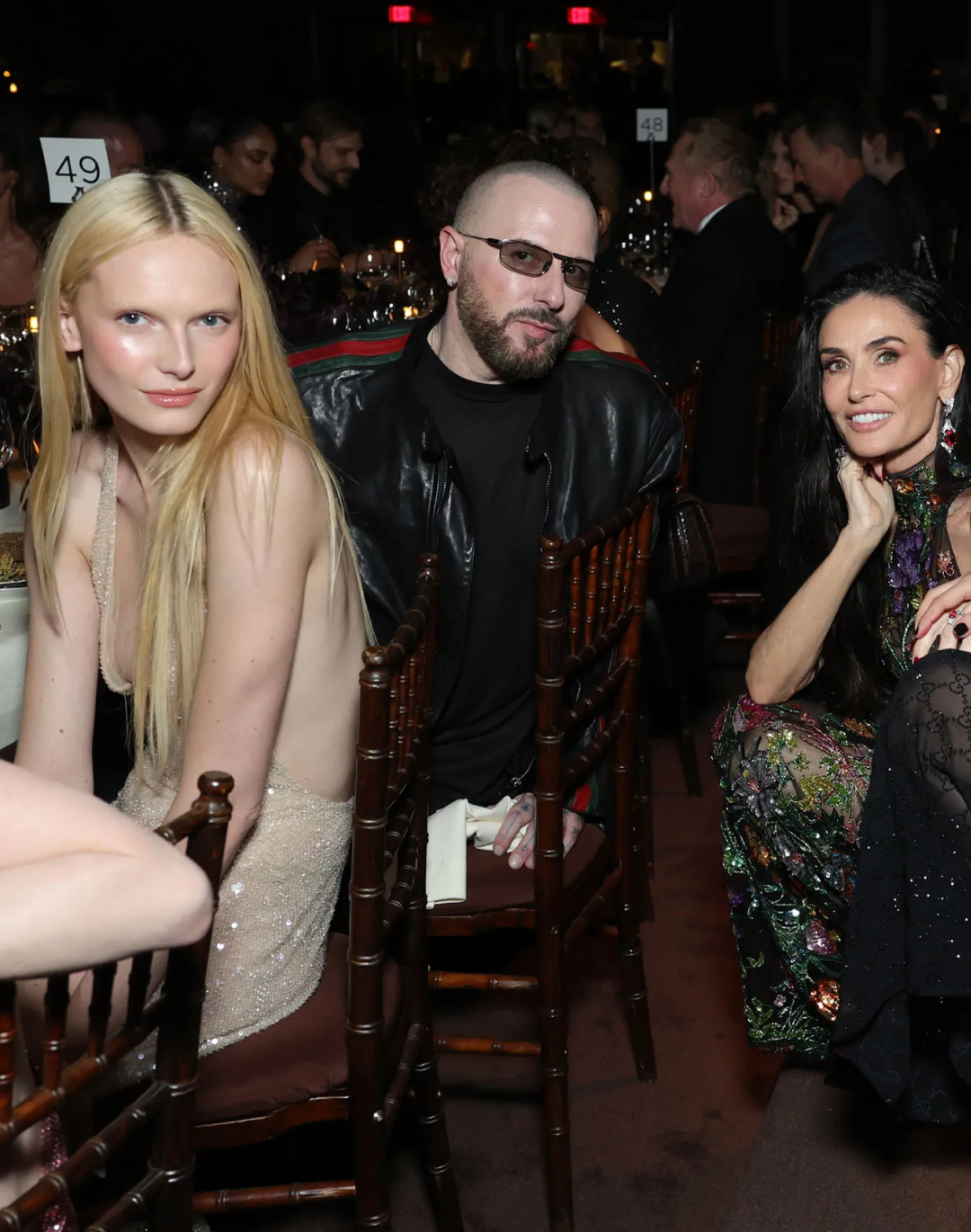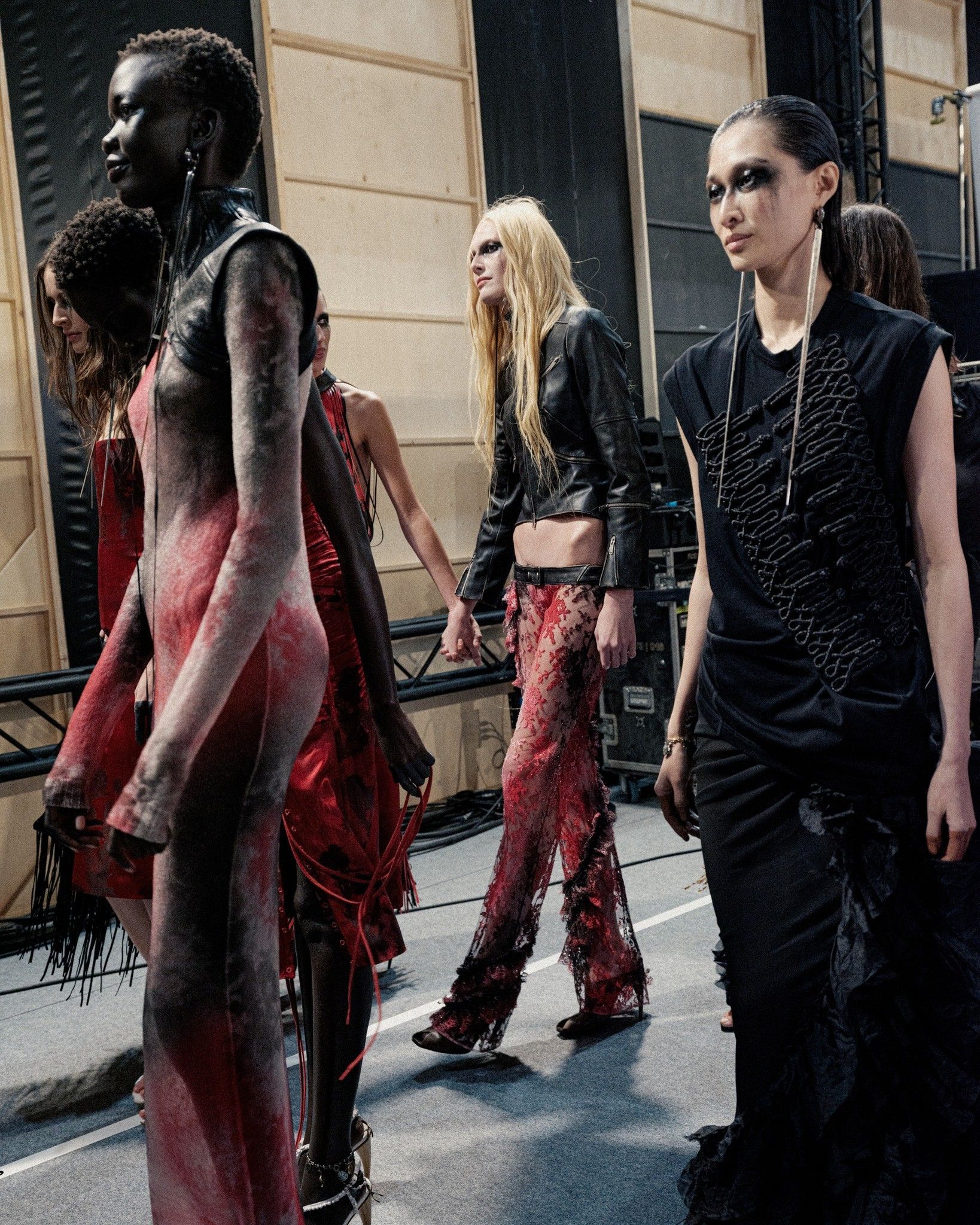
How creative directors' contracts work Clauses, conspiracies, and intellectual property
Trying to delve inside the clauses of contracts signed by brands and creative directors poses two general problems: the first is the (almost) total absence of information made known by the companies themselves - except for side effects such as disputes brought to court - while the second concerns the technicality underlying the bureaucratic and legal aspects substantial to any form of contract. If on Riccardi Tisci's farewell from Burberry one can certainly speculate, different is the objective of retracing past case histories to try to reconstruct as complete a picture as possible. Not least because, at the level of contract length, creative directions have undergone considerable reshaping at a time when the fashion scenario has become highly internationalized. If independent brands or brands that do not belong to any major luxury group can have complete control over creative direction, the discourse is different for boards that find themselves having to choose a new art director or renew a contract after the canonical four to five years on average.
What do we know, however, about the salary of a designer in charge of a brand's creative direction? The information, though partial and fragmentary, all comes from a kind of coercive leakage of data in connection with the various lawsuits filed by designers against their respective brands. Famous was the one Hedi Slimane had brought against Saint Laurent, claiming that Kering owed him an additional sum of about 10 million euros in consideration of the minority stake agreed upon in the contract. According to Bloomberg, Kering «thought he could pay the king of skinny jeans less than $1 million for his last year at Saint Laurent» but «he was wrong». Siding with Slimane in the spring of 2018, the court ruled that the creative director «was underpaid by as much as 9.3 million euros ($11.5 million at the time) after taxes for his last year of service», bringing his annual salary-including his ownership share-to more than $10 million. It was also revealed, via a court ruling, that during his tenure at Saint Laurent, Slimane had a contractual clause that «guaranteed an after-tax compensation of at least 10 million euros per year» mainly through an agreement to buy shares in the company and resell them at a higher price. Meanwhile, in the U.S., a 2016 lawsuit between Oscar de la Renta and Carolina Herrera centered on Herrera's former senior designer at Oscar de la Renta, Laura Kim, revealed that Kim's position at de la Renta included a starting annual salary of $1 million and «the opportunity to get up to $300,000 in bonuses» according to the New York Times.
Another question is what can happen if designers and brands decide to separate before the contract is finalized. As The Fashion Law reports - they cite French court documents - referring to the separation between Balenciaga and Nicolas Ghesquière in 2013, the brand paid Ghesquière «6.6 million euros as compensation for breaking his last work contracts signed in 2010 and 2012». WWD revealed that Ghesquière «also walked away with 32 million euros for the purchase of his 10 percent stake in the company, granted to him when the then Gucci Group bought Balenciaga in 2001». Another aspect to keep in mind is the limits that are routinely placed on what creative directors (and others) can or cannot do once their tenure is over, namely non-compete clauses. These restrictive clauses, contained within employment contracts, dictate how quickly a former employee can start a new job and the type of work he or she can accept when leaving a company to avoid the passing on of valuable trade secret information such as future projects or marketing plans. Raf Simons, for example, had to serve a nine-month non-compete period before completing his transition from the creative director of Christian Dior to Calvin Klein in August 2016, due to a strict non-compete with Dior, as reported again in The Fashion Law. One year seems to be the approximate length of time chosen by most esteemed European brands to appoint a new creative director: Nicolas Ghesquière took up his position at Louis Vuitton on November 4, 2013, exactly one year and one day after leaving Balenciaga, while Riccardo Tisci waited just over a year to join Burberry in March 2018 after leaving Givenchy in February 2017. Time enough that, granted the existence of competition between Bottega Veneta and Burberry, could make him the potential favorite for a move to London headquarters.
Finally, a further legal battle between Slimane and Kering sheds light on another important element that is included in almost all creative contracts: an explicit statement about who owns the rights to the works created during the period of work. The creatives, in almost all cases, assign their rights to the production and associated intellectual property rights to the brand. While there seemed to be no doubt about Saint Laurent's ownership of the garments and accessories designed by Hedi Slimane, the parties clashed over the rights to the photographs in Saint Laurent's online archive, many of which were taken by Slimane. Hence the large-scale deletion - the source is once again Fashion Law - of YSL's Instagram account after Slimane's successor, Anthony Vaccarello, was announced. The non-compete and the attached clauses have found increasing application by stretching the definition of competitor out of proportion. That is why the contents of these legal documents, almost always kept behind the scenes, are coming to the attention of the general public, and, slowly, more and more aspects are coming to light regarding fashion contracts.















































